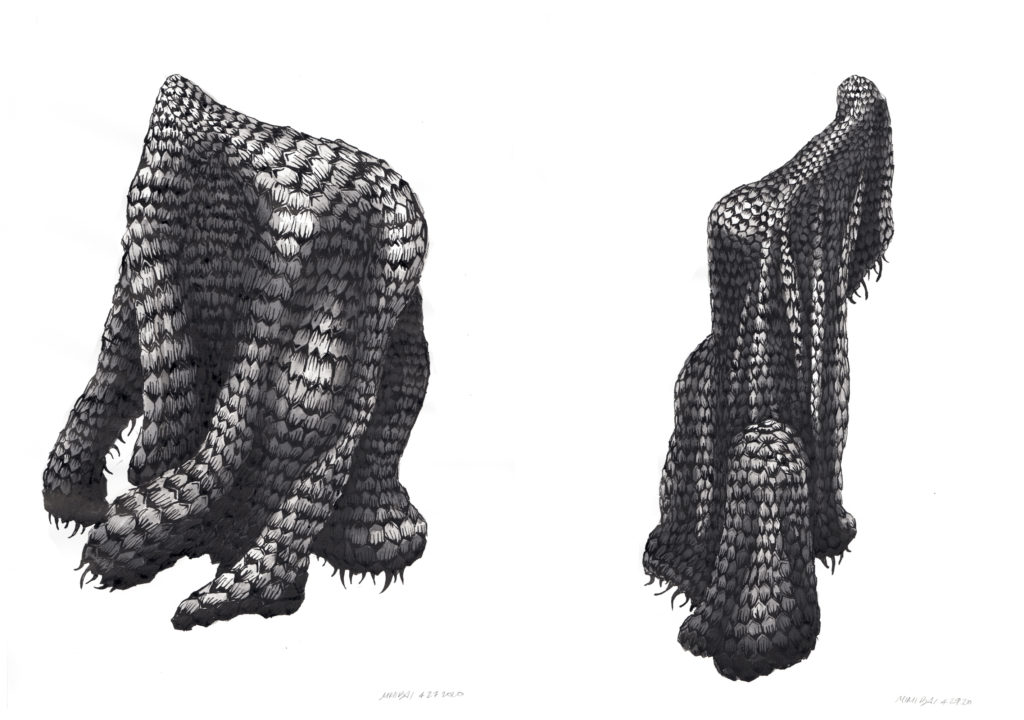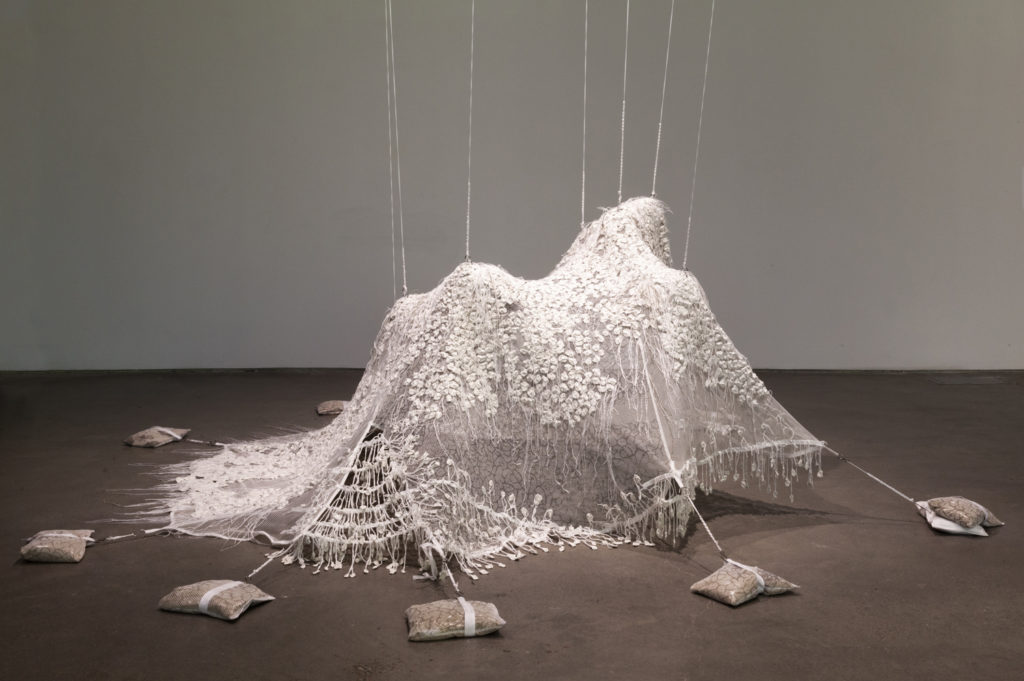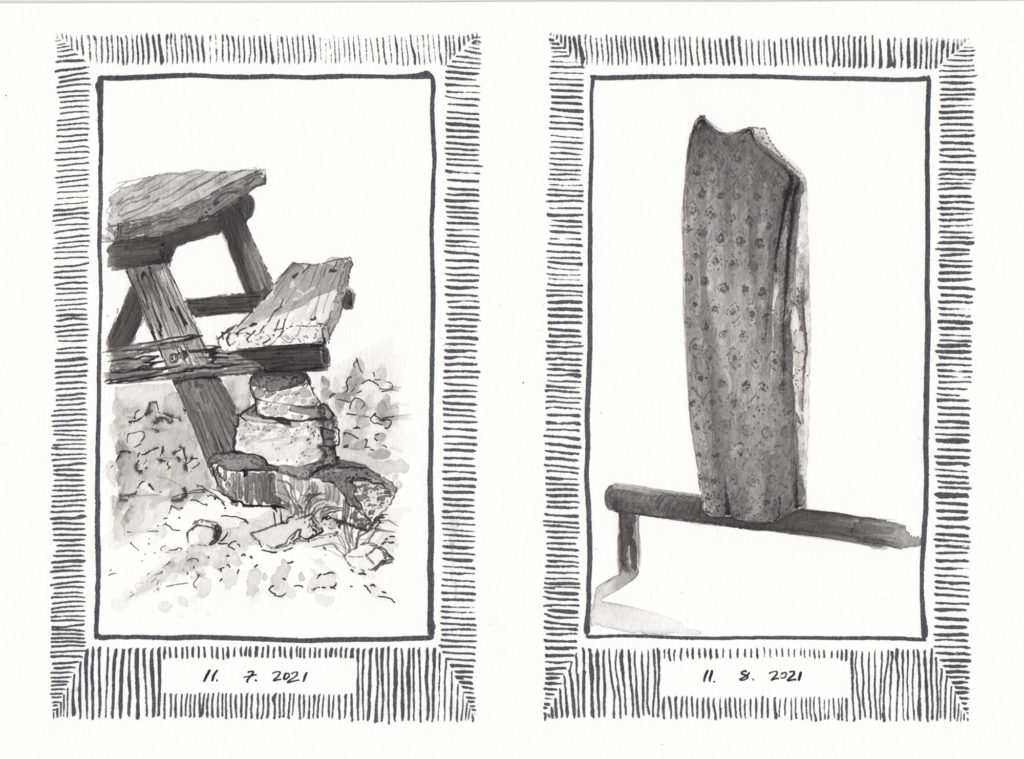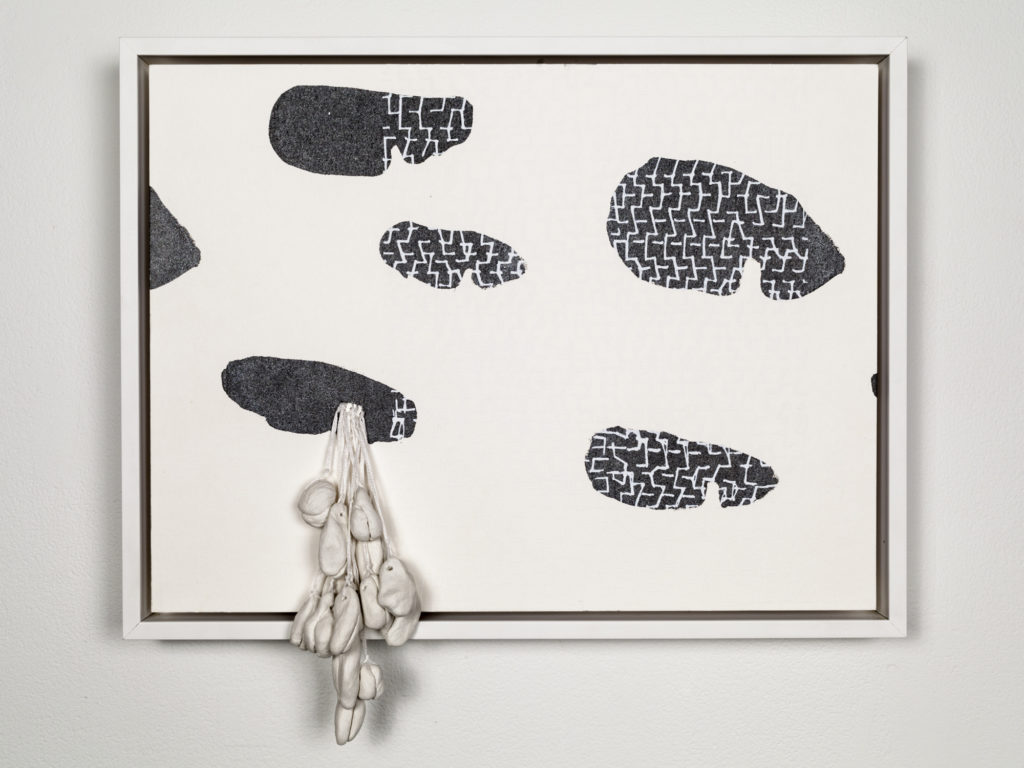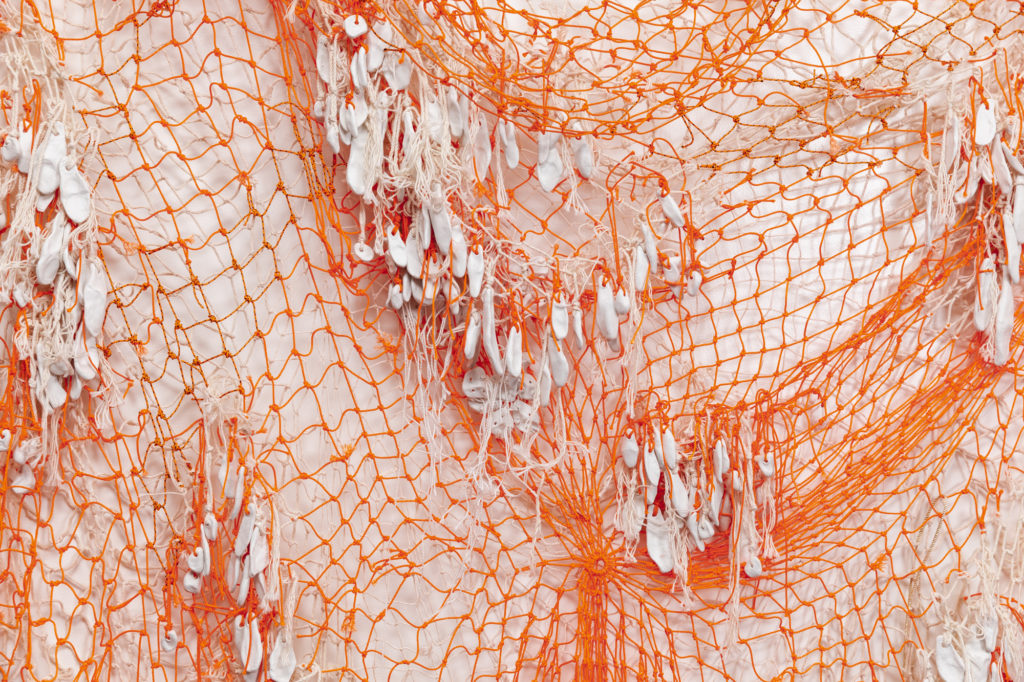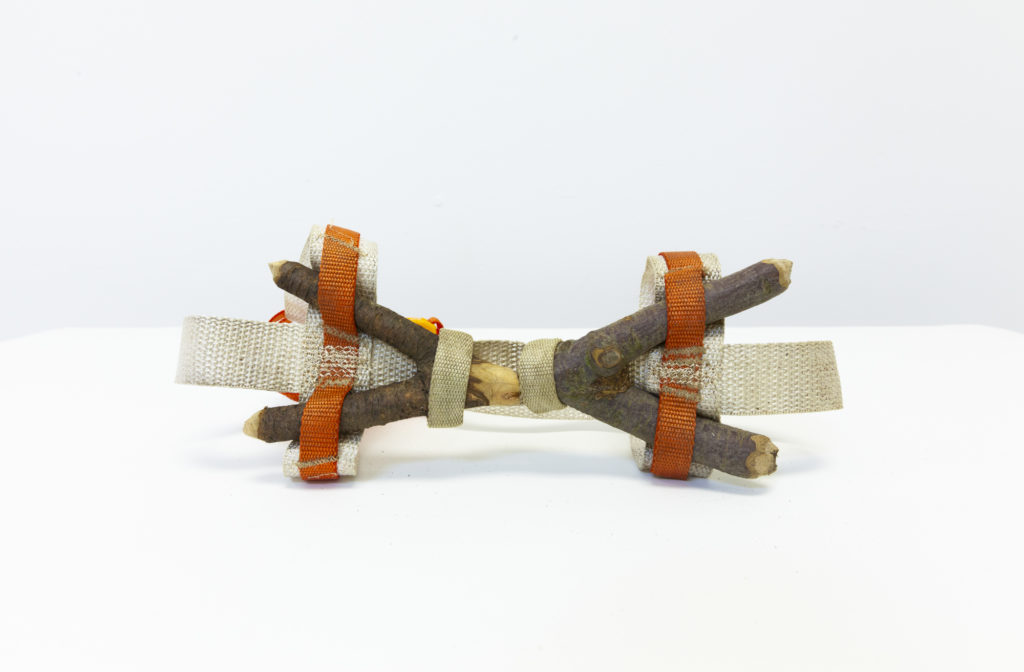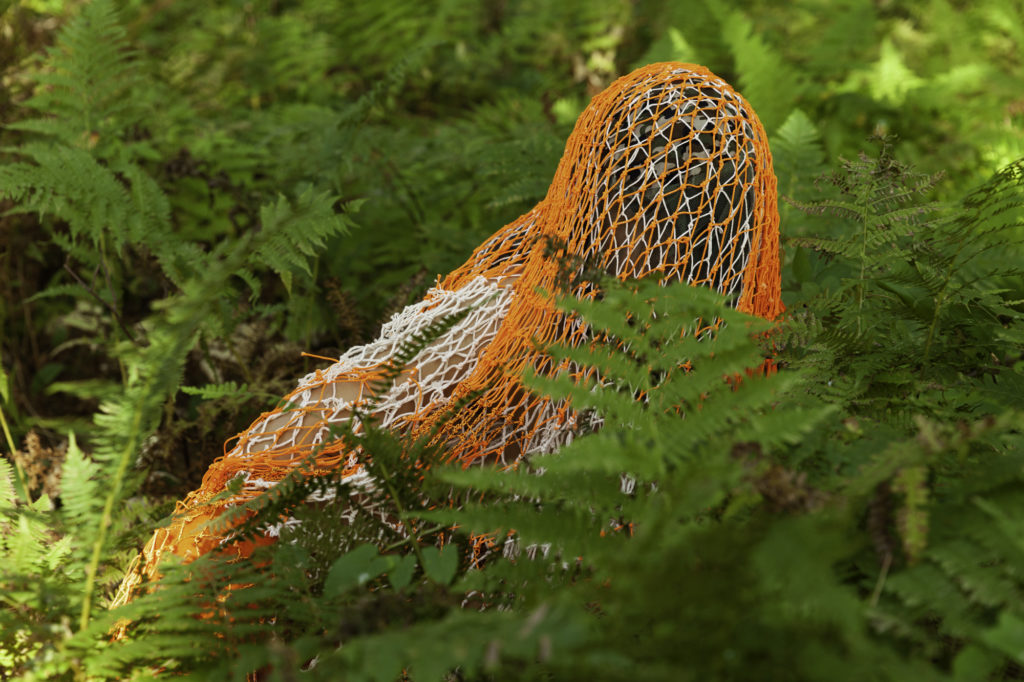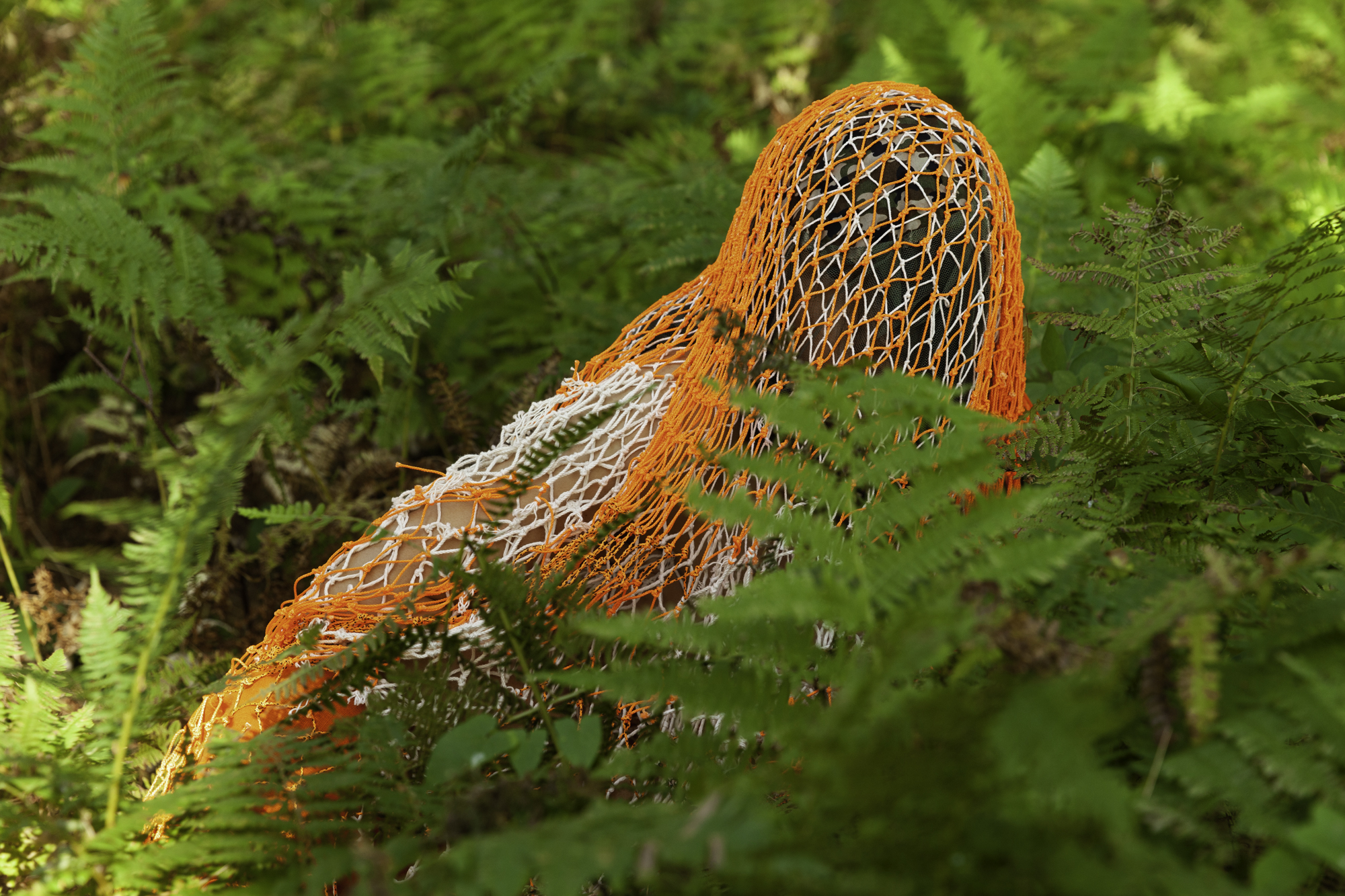 Image credit: Mimi Bai & Sam B. Jones
Image credit: Mimi Bai & Sam B. Jones Image credit: Mimi Bai & Sam B. Jones
Image credit: Mimi Bai & Sam B. JonesMimi Bai: HIDE AND SEE | Curated by Amanda Contrada
Public Reception & Curatorial Walkthrough
Friday, December 16, 2022 | 6–9pm
During the public reception for Mimi Bai: HIDE AND SEE, visitors will also be able to visit Project Room No. 3: Nathan Heilman the third of the new Mills Gallery Project Room Exhibition Series.
We hope you’ll take the opportunity to see new work from our Studio Residency Artists as well, the BCA Artist Studios Building will be open from 5:30–8pm. Explore the four floors next door and visit some BCA studio residents in their studios. Please RSVP.
About the Exhibition
On View
December 16, 2022—February 18, 2023 ● Wednesday—Saturday | 1–6pm
Please note: The exhibition will be closed for short duration over the holiday season from Saturday, December 24, 2022 until Tuesday, January 3, 2023.
BCA Mills Gallery, 551 Tremont St., Boston, MA 02116
Mimi Bai: HIDE AND SEE is the sixth exhibition in the 1:1 Exhibition Series presented in the Mills Gallery at Boston Center for the Arts. Each exhibition in this series presents a collaborative project between one curator and one artist, and either introduces a new artist or highlights a new aspect of a more experienced artist.
In Mimi Bai: HIDE AND SEE, Bai contemplates camouflage as a metaphor for assimilation, a labor-intensive process, and a methodology for survival and communication that selectively conceals and reveals.
Camouflage involves making oneself invisible or hyper-visible, sometimes simultaneously. Bai draws parallels between this process and her experience of assimilation as an immigrant from China. She contextualizes this personal history within a historical and political framework that traces how capitalism and settler colonialism demand self-effacement in exchange for opportunity and a sense of safety.
Bai marks the unrecognized labor of assimilation using clay, ink, and string, as well as the encumbered movements of her body captured on camera. These repetitive and taxing actions make physical the often invisible and immaterial exertions required to “blend in” to one’s environment.
By abstracting fragments of her personal and familial history into patterns and forms, Bai has developed her own iconography that she employs throughout the works in the exhibition. A prominent example is the ghost, which emerged from a costume Bai wore as a child during her first Halloween in the US, then evolved through her research into ghillie suits — garments worn by snipers and hunters to conceal their bodies from an enemy or target.
The ghosts in the exhibition serve as avatars for the artist as she reflects on the shifting and conditional state of the alien and the marginalized. Across drawing, sculpture, and film, Bai re-imagines and enacts alternative perspectives on survival, adaptation, improvisation, and creative possibility.
